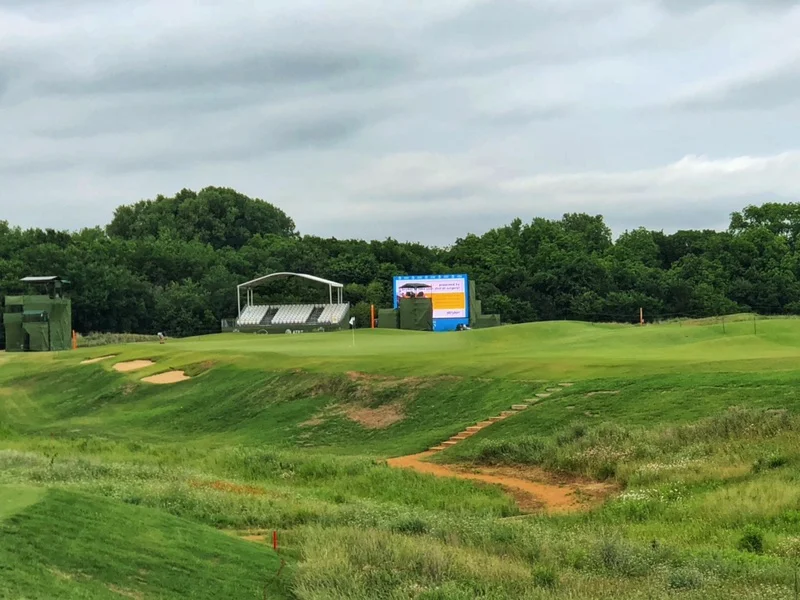Here goes another year in the distance discussion, all because the two PGA's have decided they want to be in the rules business. I'm pretty sure we know what the input will look like ("Don't blame the ball! "-Wally, Fairhaven, MA).
Anyway, if they must, but Senator you can have my answer now: do something.
The USGA and The R&A Launch Golf's Global Distance Insights Project
LIBERTY CORNER, N.J. USA AND ST ANDREWS, SCOTLAND (May 15, 2018) - The United States Golf Association (USGA) and The R&A have launched a comprehensive project to analyze distance in golf and gather perspectives from the worldwide golf community.
The Distance Insights project will examine distance through a multi-pronged approach that includes global stakeholder engagement, third-party data review and primary research. Focus groups and discussion forums will play an important role in the project, to secure a broad range of perspectives throughout golf.
Beginning today, anyone interested in the topic can provide feedback by visiting usga.org/distanceinsights or randa.org/distanceinsights or by emailing either association directly.
“The topic of increased distance and its effects on the game have been discussed for well over a century. We believe that now is the time to examine this topic through a very wide and long lens, knowing it is critical to the future of the game,” said Mike Davis, CEO of the USGA. “We look forward to delving deeply into this topic and learning more, led by doing right by golf, first and foremost.”
Martin Slumbers, Chief Executive of The R&A, said, “Distance in golf is a complex issue which is widely debated at all levels of the sport. It is important that we collate all of the relevant data and hear the many different perspectives on this issue that exist in the international golf community. We intend to conduct this process openly, comprehensively and promptly and will work with all of the key stakeholders to ensure we have a fully rounded view of distance and its implications.”
Stakeholder groups invited to participate in the project include amateur and professional golfers, worldwide professional golf tours, golf course owners and operators, golf equipment manufacturers, golf course architects, golf course superintendents and others.
Among the many topics to be explored, the organizations will seek distance-related data on pace of play, golf course construction and maintenance practices, the evolution of equipment, golf course design and player enjoyment and participation.
The USGA and The R&A will engage various golf industry stakeholders through 2018, with plans to deliver a report in 2019.
























